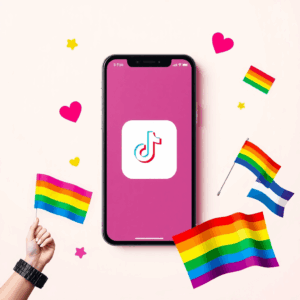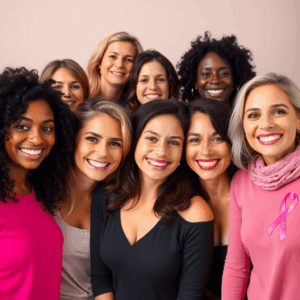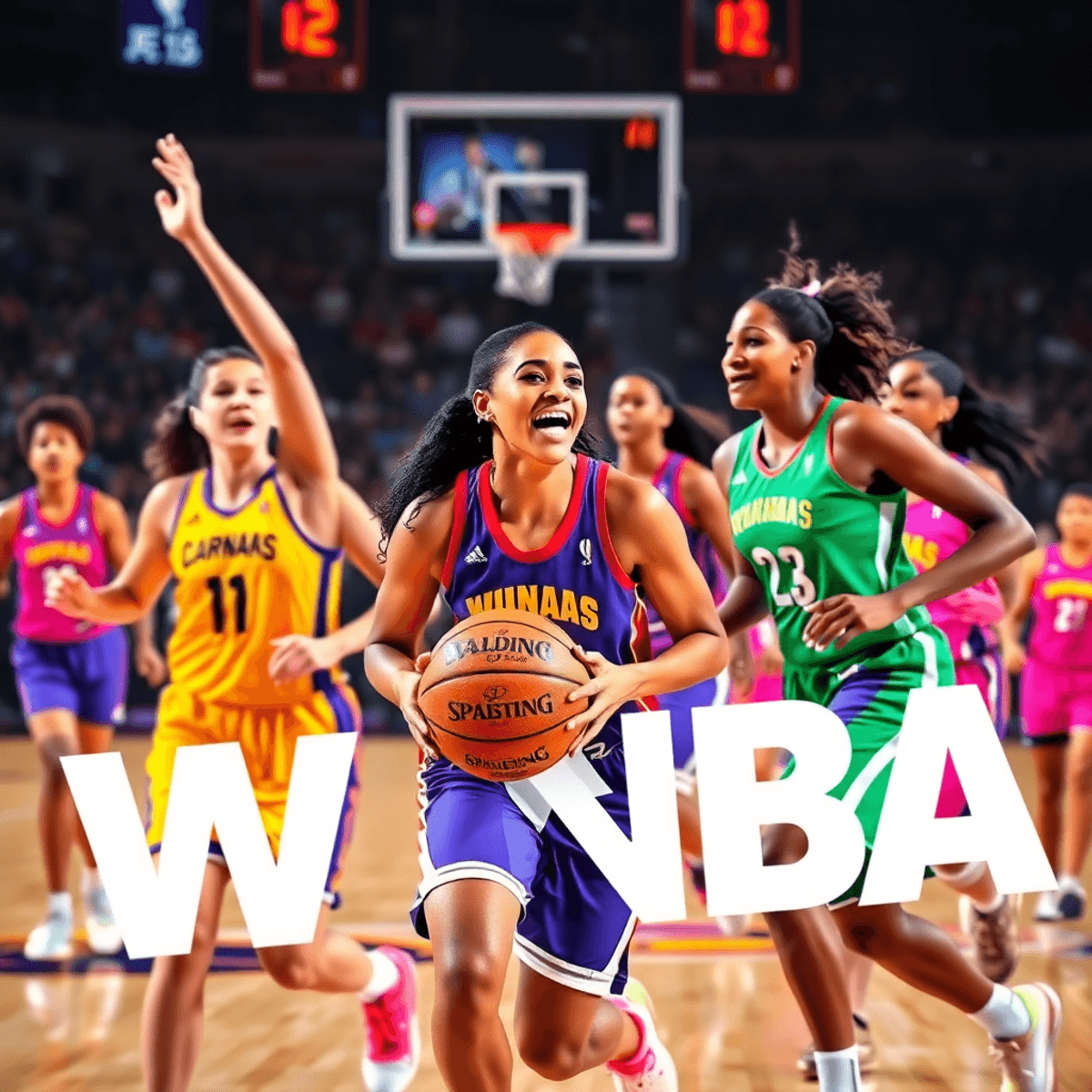Introduction
The Women’s National Basketball Association (WNBA) is a shining example of excellence in women’s sports, showcasing athletic talent and inspiring countless individuals around the world. As one of the leading women’s professional sports leagues, it plays a crucial role in promoting gender equality and empowerment through sports. Understanding the diversity within the league, especially when it comes to sexual orientation, is essential for creating an inclusive environment.
What percent of women in the WNBA are lesbian? This question emphasizes the importance of acknowledging and respecting the different identities of players who contribute to the league’s vibrant community. Estimates suggest that between 28.7% to 38% of WNBA players identify as lesbian or part of the LGBTQ community. This article explores these statistics, examines factors influencing disclosure, and compares representation with other sports leagues.
This exploration not only sheds light on current realities but also highlights the significance of inclusivity and acceptance within sports organizations. The recognition and acceptance of diverse sexual orientations within leagues like the WNBA can lead to broader societal acceptance. For example, platforms such as Taimi, which serves as a popular dating app for the lesbian community, demonstrate how far we have come in terms of visibility and acceptance.
Current Statistics on Sexual Orientation in the WNBA
The representation of lesbian athletes and the broader LGBTQ community within the WNBA is a topic that invites curiosity and discussion. Current estimates suggest that approximately 28.7% to 38% of players identify as part of the LGBTQ community. These figures are the result of thorough studies and analyses, reflecting both the complexities and nuances surrounding sexual orientation in professional sports.
How These Figures Are Derived
- 2022 Study: A significant study conducted in 2022 revealed that around 38% of WNBA players identified as lesbian.
- Public Disclosure Analysis: Another analysis highlighted that about 28.7% of active players were publicly out as gay, lesbian, bisexual, trans, or queer.
These statistics underscore the importance of distinguishing between those who are publicly out and those who may choose to keep their sexual orientation private. Public disclosure often involves personal decisions influenced by various factors, including societal pressures and professional dynamics.
Understanding Public vs. Private Identity
It’s crucial to recognize that these percentages only account for those who have chosen to disclose their sexual orientation publicly. The actual numbers could be higher, considering many athletes might decide not to come out due to personal reasons or the competitive nature of professional sports. This distinction highlights the ongoing need for supportive environments where all athletes feel comfortable expressing their true identities without fear or hesitation.
Understanding the Numbers: The Bigger Picture
Societal perceptions of female athletes often intertwine with stereotypes, particularly concerning sexuality. These stereotypes can perpetuate the belief that women in sports, especially those involved in physically demanding or competitive arenas like the WNBA, are more likely to be lesbian. Such generalizations overlook the diversity within the league and risk marginalizing players based on assumptions rather than reality.
The Power of Visibility
The visibility of openly gay players has a profound impact on public perception. High-profile players who openly identify as LGBTQ serve as role models and challenge stereotypical notions. By living authentically, they foster greater acceptance and understanding among fans and the broader public. This visibility, however, also highlights a significant aspect of representation: while some athletes choose to be publicly out, others may prefer privacy due to personal or professional reasons.
The Complex Nature of Visibility
Visibility in sports is a double-edged sword. On one hand, it can empower individuals and communities by normalizing diverse sexual orientations; on the other hand, it can pressure athletes into conforming to public expectations. Acknowledging these dynamics is crucial for appreciating the complexity behind statistics about sexual orientation in leagues like the WNBA.
Factors Influencing Disclosure of Sexual Orientation Among WNBA Players
Deciding to come out as a player in the WNBA involves a mix of outside pressures and personal factors.
1. Competitive Sports Environment
The highly competitive nature of professional sports can create an environment where athletes may feel pressured to fit into certain expectations, including those related to sexual orientation. Concerns about team dynamics, endorsements, and public scrutiny can weigh heavily on players deciding whether to publicly disclose their sexuality. This pressure is compounded by the fact that athletes often face unique challenges when it comes to identity disclosure, especially in a sport like basketball where masculinity is often celebrated.
2. Personal vs. Public Identity
For many athletes, finding a balance between their personal identity and public image is a difficult task. The question “What percent of women in the WNBA are lesbian?” highlights not only statistical interest but also underscores the broader issues surrounding identity disclosure. Each player’s journey is unique, influenced by personal values, cultural background, and support systems. It’s important to note that being lesbian, which refers to a woman who is romantically and/or sexually attracted to other women, is just one aspect of this complex identity landscape. Research shows that disclosure of sexual orientation can have significant impacts on an athlete’s mental health and overall performance.
3. Considerations for Non-disclosure
Some players may choose not to disclose their sexual orientation due to potential repercussions or personal privacy preferences. This decision could be driven by fear of backlash, loss of privacy, or simply a desire to keep their personal life separate from their professional career. The implications of such non-disclosure can be profound, affecting not only the individual athlete but also the broader social perceptions surrounding LGBTQ+ identities in sports.
These factors together show the complicated situation that WNBA players face when it comes to disclosing their sexual orientation, reflecting wider societal discussions about identity and acceptance.
Comparison with Other Sports Leagues Regarding LGBTQ Representation
Looking at how different professional sports leagues represent LGBTQ individuals shows some interesting differences. The WNBA stands out for its relatively higher visibility of lesbian and queer players when compared to other leagues such as the NBA, NFL, or MLB. This distinction is due in part to the WNBA’s more inclusive culture, which fosters openness among its athletes.
1. Visibility and Acceptance
The WNBA frequently features openly gay athletes in its marketing campaigns, promoting a culture of acceptance. In contrast, male-dominated leagues often report fewer openly gay players, indicating a less welcoming environment.
2. Comparative Statistics
While approximately 28.7% to 38% of WNBA players are publicly identified as part of the LGBTQ community, other leagues have significantly lower figures. For example, the NFL and MLB have only a handful of openly gay athletes, reflecting ongoing challenges related to disclosure.
3. Cultural Factors
The differences in LGBTQ representation between the WNBA and other leagues can be partly attributed to societal stereotypes around masculinity and femininity in sports. Male athletes may face greater stigma or fear repercussions in revealing their sexual orientation.
This comparison highlights the unique position of the WNBA in leading discussions on diversity and inclusion within professional sports. It sets an example for other leagues working towards creating more inclusive environments for athletes regardless of their sexual orientation.
Community Support and Advocacy within the WNBA for LGBTQ Players
The WNBA has made significant strides in promoting LGBTQ advocacy and fostering an inclusive environment for its players. Recognizing the importance of diversity, the league has implemented several initiatives aimed at supporting LGBTQ players.
1. WNBA Pride Platform
This initiative celebrates the league’s commitment to equality and inclusion through various events, merchandise, and social media campaigns. The WNBA Pride platform is designed to raise awareness and promote acceptance across all spectrums of gender identity and sexual orientation.
2. Partnerships with LGBTQ Organizations
Collaborations with organizations like GLAAD and Athlete Ally help strengthen the league’s advocacy efforts. These partnerships facilitate educational programs and provide resources to both players and fans, enhancing community support.
Players themselves have played a pivotal role in advancing these efforts. Many openly gay athletes actively participate in advocacy work, using their platforms to influence broader societal acceptance. For instance, players like Sue Bird and Brittney Griner openly discuss their experiences and advocate for LGBTQ rights, inspiring others to embrace their identities.
Such player-led initiatives not only contribute to a more inclusive atmosphere within the league but also resonate beyond basketball, encouraging acceptance and understanding throughout society. The ongoing commitment of both the WNBA and its players signifies a progressive approach towards inclusivity in sports.
This commitment extends beyond just the league itself, as seen in a recent initiative where nearly 200 athletes, including notable figures such as Billie Jean King, Megan Rapinoe, and Candace Parker, have come together to support trans youth participation in sports. This collective effort further underscores the WNBA’s dedication to LGBTQ rights and highlights the influential role that athletes can play in advocating for social change.
Implications for Future Research and Awareness Campaigns on Inclusivity in Sports Organizations
Understanding what percent of women in the WNBA are lesbian involves navigating through the complexities of identity, representation, and inclusivity. There are notable gaps in current research regarding sexual orientation in women’s sports. Many studies often overlook the intricacies of personal disclosure and societal pressure, providing an incomplete picture of LGBTQ representation.
Why Future Research Matters:
- Comprehensive Data Collection: Existing figures primarily account for those who are publicly out. This creates a need for more comprehensive data collection methods that respect privacy while ensuring accuracy.
- Diverse Representation: Understanding diverse sexual orientations allows for more representative policies and support systems within sports organizations.
Awareness Campaigns:
- Promoting Inclusivity: Awareness campaigns can challenge stereotypes and foster a welcoming environment for all players, regardless of their sexual orientation.
- Encouraging Disclosure: By creating safe spaces, campaigns can encourage athletes to share their identities without fear of discrimination or backlash.
Ongoing studies are crucial to better understand LGBTQ representation in athletics. They contribute to developing inclusive practices that reflect the true diversity within leagues like the WNBA. These efforts will pave the way for future initiatives that uphold acceptance and equality in sports environments.
Conclusion
Diversity in sports is more than just numbers; it shows how athletic environments are changing. Knowing what percent of women in the WNBA are lesbian helps us understand the bigger story of acceptance and inclusion. It’s important to recognize the different sexual orientations of players to create a welcoming atmosphere in sports communities.
-
Embracing Diversity: Encouraging diverse identities enriches team dynamics and enhances personal experiences, creating a supportive environment where all athletes can thrive.
-
Promoting Acceptance: By valuing each player’s authentic self, we cultivate a culture that respects individual differences. This approach not only benefits athletes but also enhances public perception of sports as a domain welcoming to everyone, regardless of their sexual orientation.
The future for the WNBA and similar organizations depends on ongoing efforts to promote inclusivity, making sure every athlete feels acknowledged and appreciated. This commitment to inclusion not only strengthens sports leagues but also aligns with broader societal values.
FAQs (Frequently Asked Questions)
What percent of women in the WNBA are lesbian?
Current estimates suggest that between 28.7% to 38% of women in the WNBA identify as lesbian. These figures are derived from various studies and analyses that consider both publicly out players and those who may not disclose their sexual orientation.
Why is it important to understand the diversity within the WNBA?
Understanding the diversity within the WNBA is significant as it highlights the varied identities and experiences of athletes, promotes inclusivity, and fosters a more accepting environment in women’s sports. It also serves to challenge societal stereotypes regarding female athletes and their sexual orientations.
How does the WNBA compare to other professional sports leagues regarding LGBTQ representation?
The WNBA is recognized for having a higher representation of LGBTQ athletes compared to many other professional sports leagues. This includes a greater visibility of openly gay players and supportive initiatives aimed at promoting inclusivity within the league.
What factors influence whether WNBA players disclose their sexual orientation?
Factors influencing disclosure among WNBA players include societal pressures, the competitive nature of professional sports, personal comfort levels, and considerations about public versus private identity. Some players may choose not to disclose their sexual orientation due to fear of discrimination or negative repercussions.
What initiatives does the WNBA have in support of LGBTQ players?
The WNBA has implemented various initiatives aimed at supporting LGBTQ players, which include advocacy efforts led by players themselves and community outreach programs. These initiatives promote inclusivity and contribute to broader societal acceptance of LGBTQ individuals in sports.
What are the implications for future research on inclusivity in sports organizations?
Future research on inclusivity in sports organizations should focus on identifying gaps in current understanding of sexual orientation representation in women’s sports. Ongoing studies are essential for developing effective awareness campaigns that foster an inclusive atmosphere for all athletes, regardless of their sexual orientation.
Written by
Joshua Gonzales
You may also interested in:

What does the Bible say about lesbian women?
Explore what the Bible says about lesbian women, focusing on scripture, context, and distinctions between attraction and behavior.
Why are straight women obsessed with lesbian TikTok?
Explore why straight women are drawn to lesbian TikTok, from curiosity and identity to authentic connections and community support.
